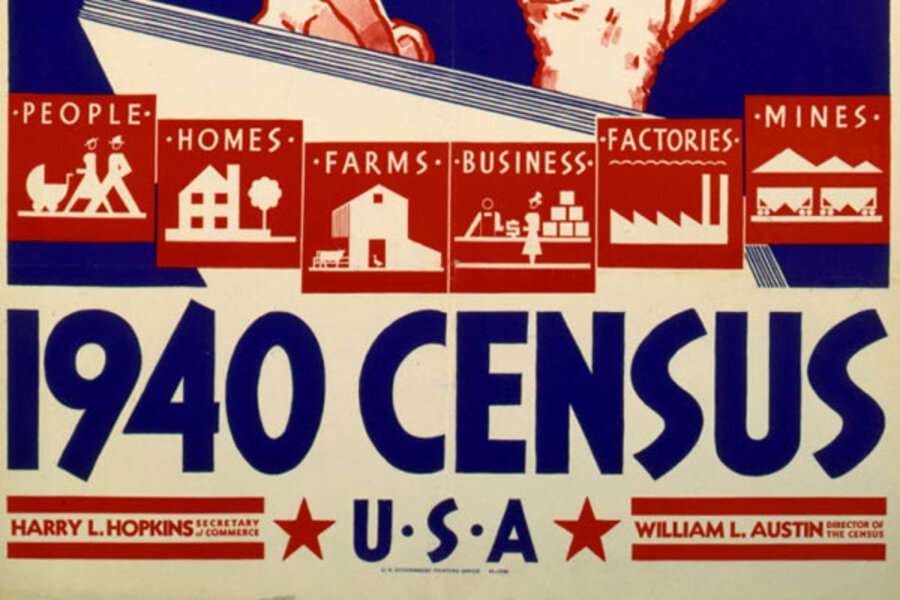Census site snarls after it releases 1940 data
Loading...
Interest in the newly released 1940 U.S. census is so great that the government website with the information was nearly paralyzed shortly after the records became available to the public for the first time.
Miriam Kleiman, spokeswoman for the U.S. National Archives, told The Associated Press that the site registered more than 22 million hits in just four hours on Monday, from almost 2 million users. In a tweet posted after 5 p.m. on its official Twitter account, the archives said the website had received 37 million hits since the information was released at 9 a.m.
The government released the records for the first time after 72 years of confidentiality expired.
RELATED: 1940 Census data: what you need to know to look up relatives
It's the largest collection of digital information ever released by the National Archives. The records allow individuals and families to learn details about their past.
Susan Cooper, a second spokeswoman, said the problems began as soon as the information was released on the website. She termed the problems a "virtual traffic jam."
"We anticipate that this jam will ease up by this evening," Cooper said. "The problem is, we just weren't expecting the huge volume that we got."
Computer experts were working on the site to bring it up to speed as soon as possible. Cooper did not give an exact time when the site would be fully operational.
"We're adding a lot more servers, a lot more muscle to the website," she said.
More than 21 million people still alive in the U.S. and Puerto Rico were counted in the 1940 census. The censusfollowed a decade when tens of millions of people in the U.S. experienced mass unemployment and social upheaval as the nation clawed its way out of the Great Depression and rumblings of global war were heard from abroad.
RELATED: 1940 Census data: what you need to know to look up relatives
Monday's release includes digitized records for details on 132 million people. Access to the records is free and open to anyone online, but they are not yet searchable by name.
For now, researchers will need an address to determine a census enumeration district — a way to carve up the map for surveying — to identify where someone lived and then browse the records.
Every decade since 1942, the National Archives has made available records from past censuses. The records, which include names, addresses and income and employment information, are rich with long-veiled personal details.







